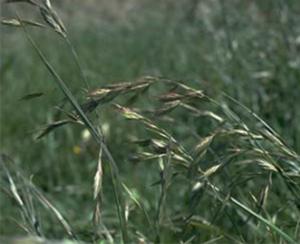
Figure 1. Prairie grass (photo courtesy of HerbiGuide)
Description: Prairie grass (Bromus catharticus syn. Bromus wildenowii) is a grass with almost hairless leaves, open, drooping seed heads and much flattened spikelets. Prairie grass is a tufty, resilient, summer-active plant that can grow up to 1m, is well adapted to low rainfall and aggressively competes with other plants for water and nutrients.
Life cycle: Prairie grass is an annual, biennial or perennial grass. Seeds germinate from autumn to spring, and it flowers from September to January. It grows rapidly during the winter to spring period, especially in irrigated areas.
As a soil indicator: Prairie grass is an indicator of low soil phosphorus, potassium and trace elements and high soil nitrogen.
Beneficial attributes: Prairie grass is a good winter pasture grass.
Negative attributes: Prairie grass competes with other plants for water and nutrients and can grow up into the grapevine canopy.
Dispersal: Prairie grass spreads by seed. It is a prolific seed-bearer, producing an average of 1,000 seeds/m2. The seeds can remain viable in the soil for up to three years.
Legislation: None
Non-chemical control methods:
- Control can be achieved by preventing seed set for one to two years. Graze, mow or cultivate early in the autumn to reduce weed establishment and in spring to reduce seed set.
- Plant a competitive crop in cultivated areas to help to prevent the re-establishment of prairie grass.
- Increase phosphorus, potassium and trace elements and reduce nitrogen applications to create conditions that do not favour prairie grass.
- Avoid introducing new seed in straw mulch or other mulch products.
Growers’ experiences: Henschke finds prairie grass along the edge of the undervine straw throughout its vineyards, principally on clay loam. A multi-pronged approach is used to control this aggressive weed. Straw mulch is spread undervine to suppress growth; sheep grazing in autumn is used to eat back the old growth along the straw edge; Slasher® is applied along the straw edge before seeds set and whipper snipping passes are used throughout the season along the straw edge to reduce competition with vines.
Resources
HerbiGuide (HerbiGuide website)
Henschke Wines: A non-chemical weed control case study from the Adelaide Hills, SA
Contact
For further information, please contact:
AWRI helpdesk
Phone 08 8313 6600 Email helpdesk@awri.com.au

